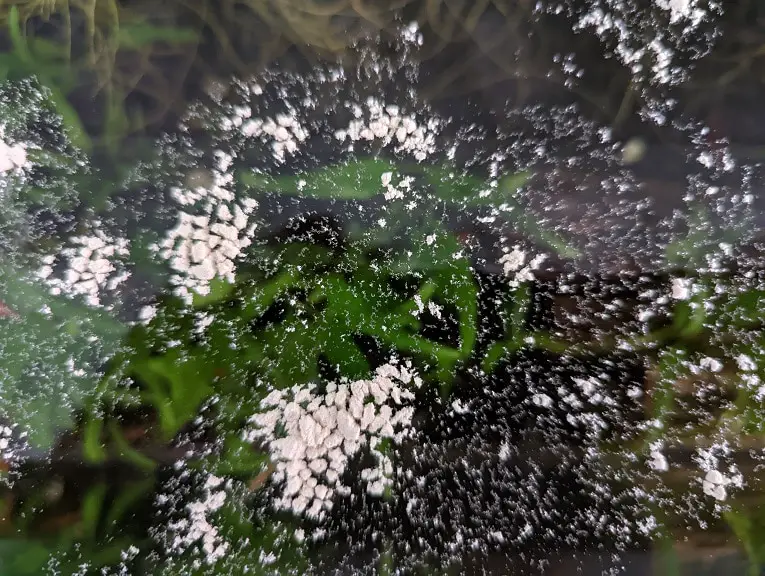GlasGarten’s Bacter AE is one of the most useful products that you can add to your shrimp tank. So, does using this white powder mix lead to a rise in nitrates? You can find out in this article from Aquarium Blueprints.
What does Bacter AE include?
Bacter AE is a mixture of amino acids, enzymes and bacteria. For the latter, the product features Bacillus subtilis and Pediococcus acidilactici (Lactobacillus), both of these bacteria species will become active once it makes contact with the tank water in your aquarium.
Will Bacter AE increase nitrate levels?
As we stated above, the white substance contains Bacillus subtilis and Pediococcus acidilactici (Lactobacillus). These bacteria will immediately start growing in your fish tank.
Your shrimps should start eating these microorganisms in your tank. As with other food sources, your shrimps will need to go to the bathroom eventually. As a result, Bacter AE will be converted over to nitrates after begin digested by your pet inverts.
Another way that Bacter AE may cause a rise in nitrate levels is due to a sudden mass die-off. This may occur when there may be something wrong with your water parameters.

Do you need to worry about Bacter AE causing a spike in nitrate levels?
You most likely do not worry about Bacter AE causing a big spike in nitrates in your tank water as long as you follow instructions and add the right amount of the powder each time you need to dose.
Even if Bacter AE increase your nitrate levels, it most likely won’t be by a big amount. With that said, we recommend keeping the nitrate concentration to below 20 ppm in order to keep your tank water as healthy as possible for your shrimps.
If you need to reduce the nitrate levels in your aquarium, you can try doing a partial water change. Add live plants like Java Fern and Java Moss should also help consume nitrates as well.
If you want to grow beneficial bacteria that will reduce nitrate levels, you can use a filter media such as Biohome Ultimate or Seachem Matrix.

Alternatively, you can also try creating a substrate that is at least two inches deep. By doing so, you will create places in your tank that are devoid of oxygen, which is the optimal environment to grow the nitrate-consuming bacteria species.
